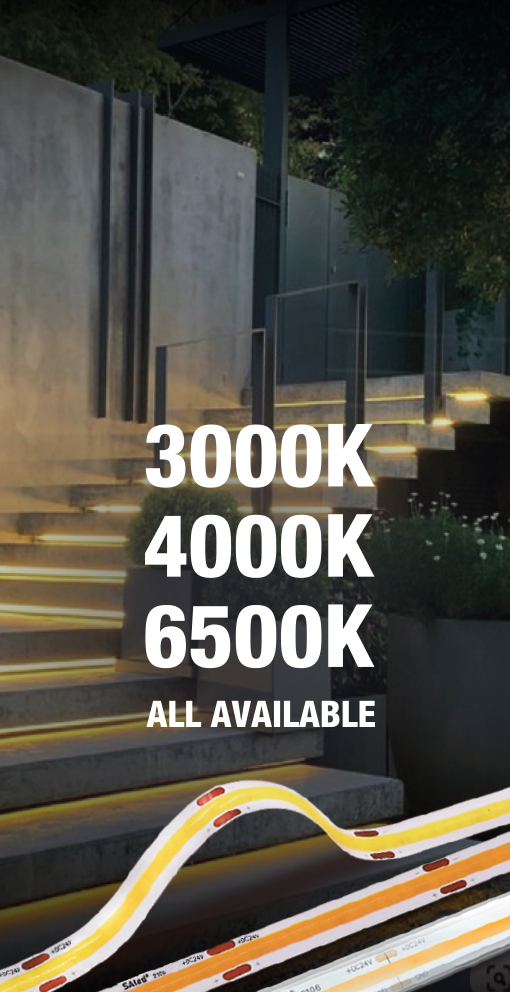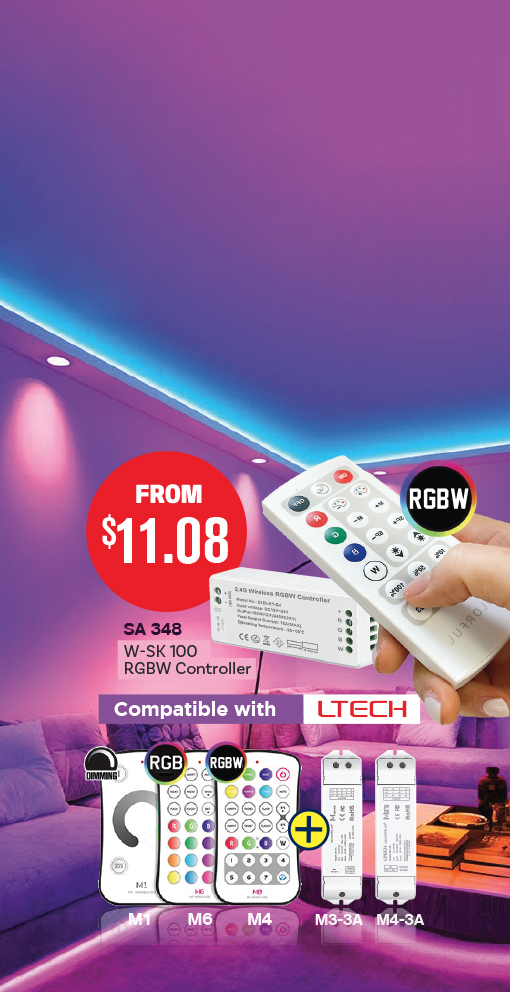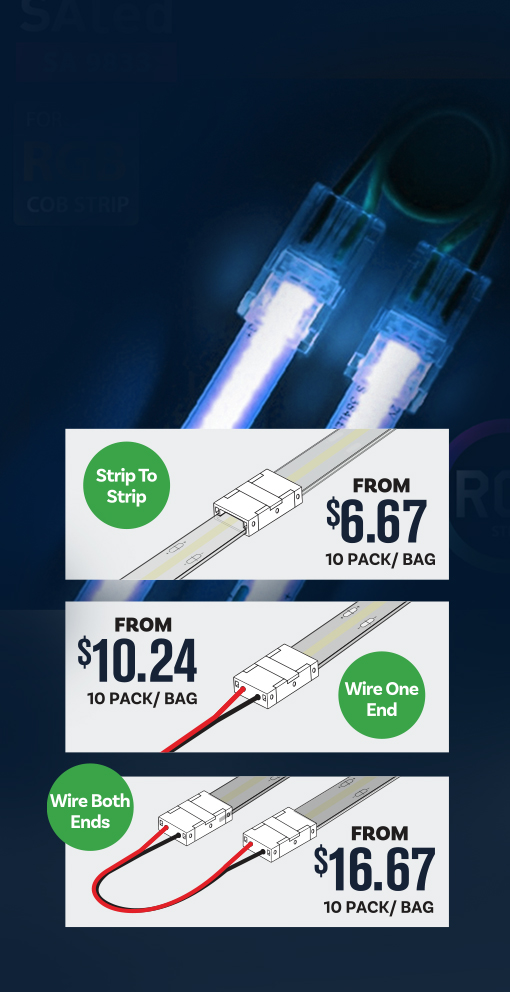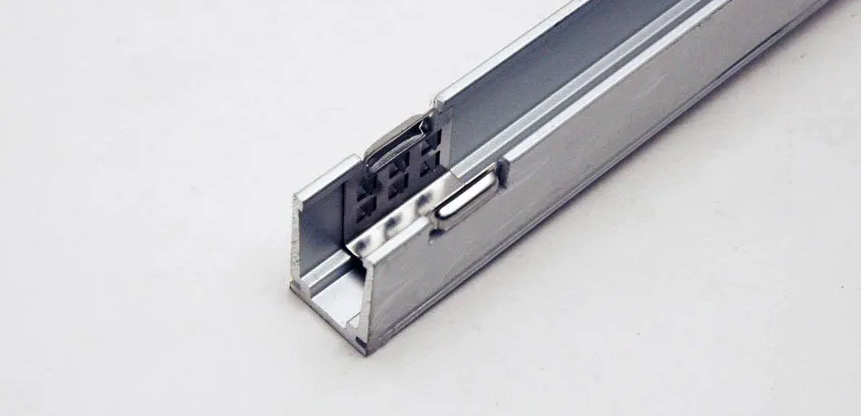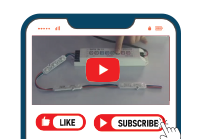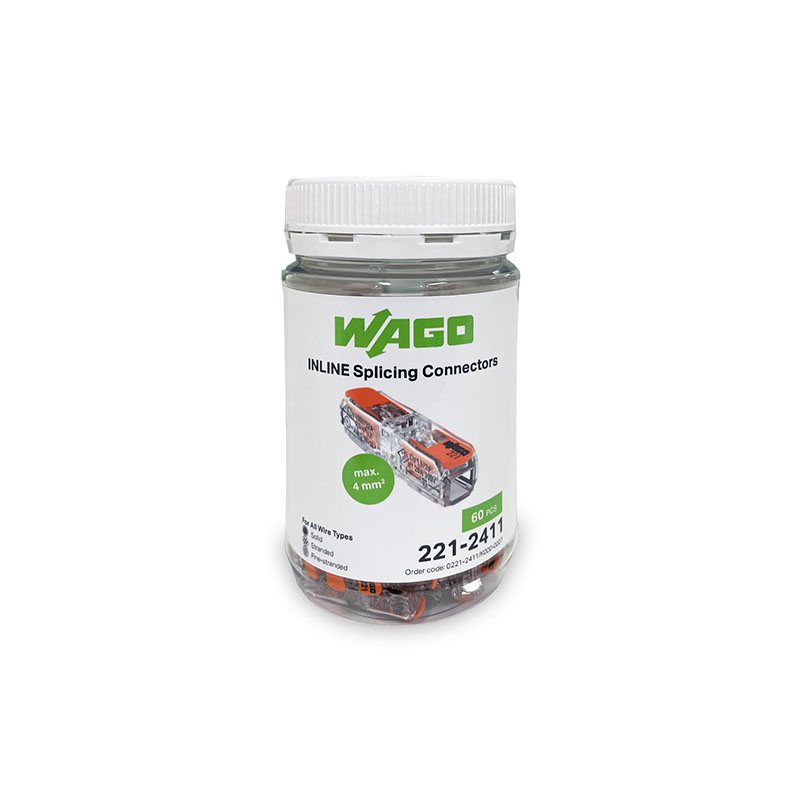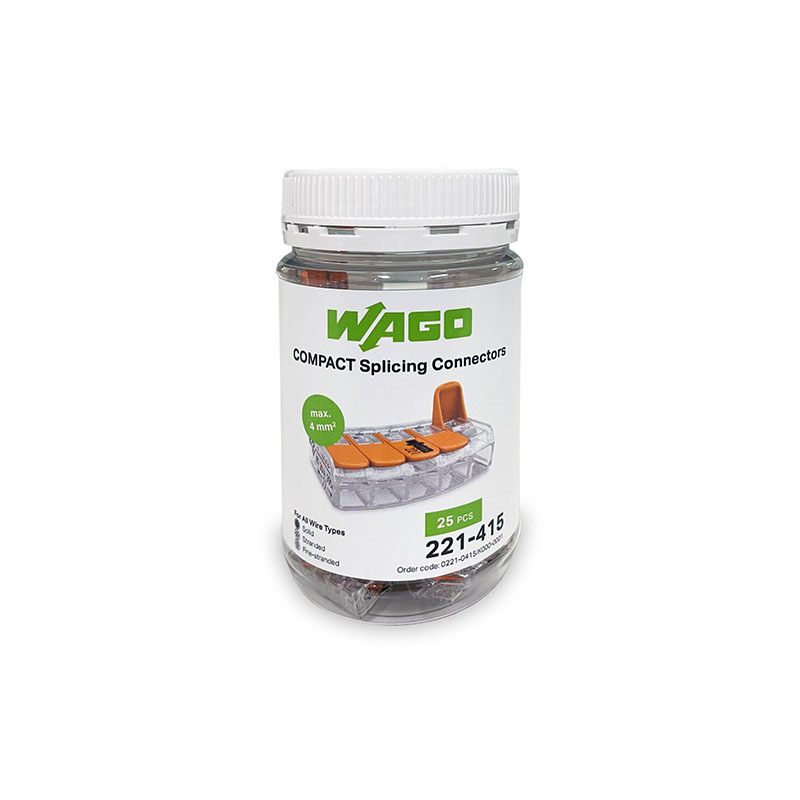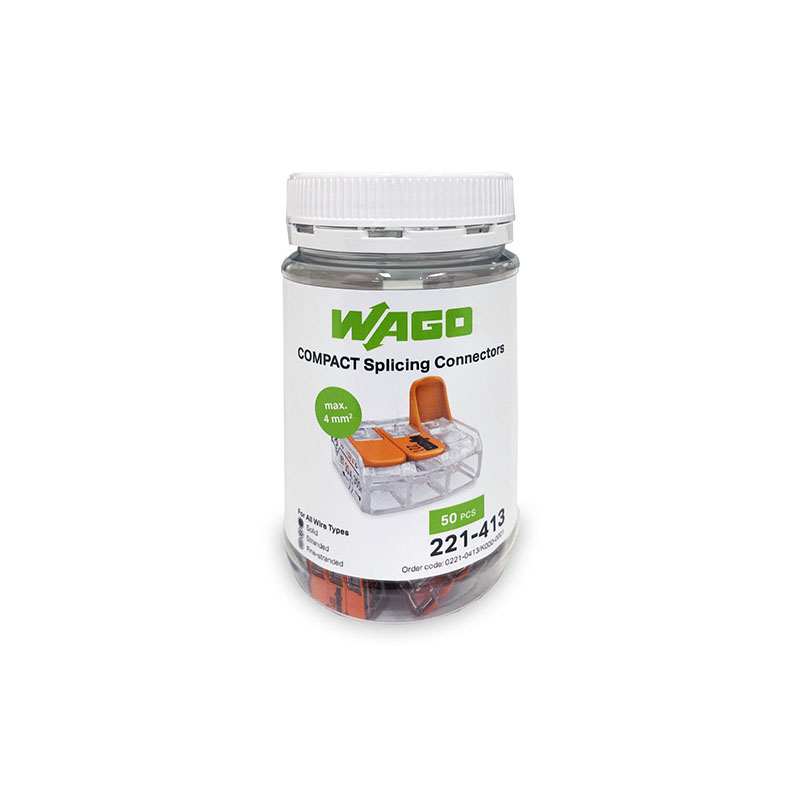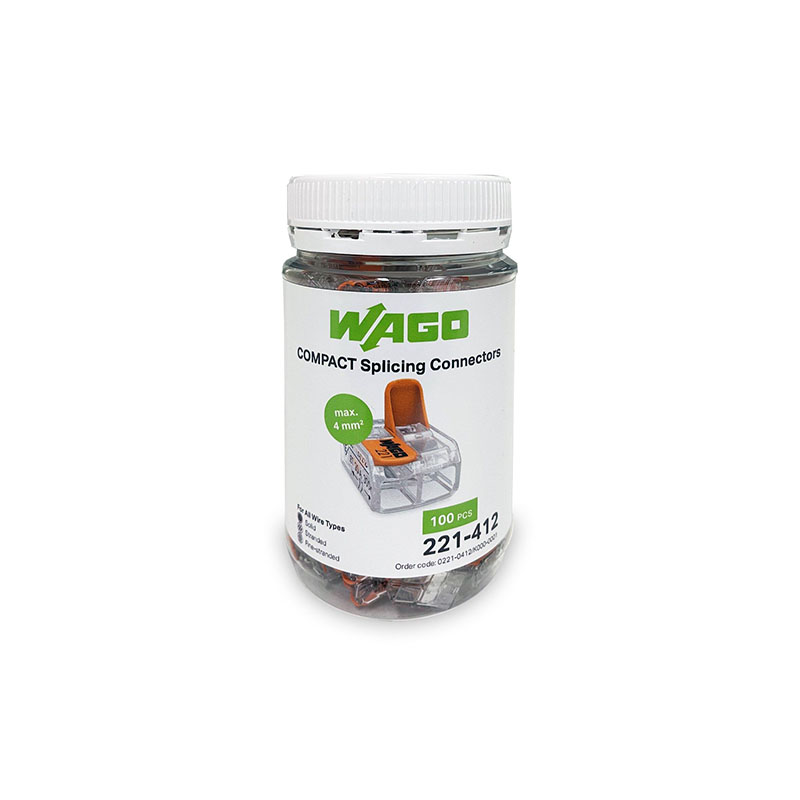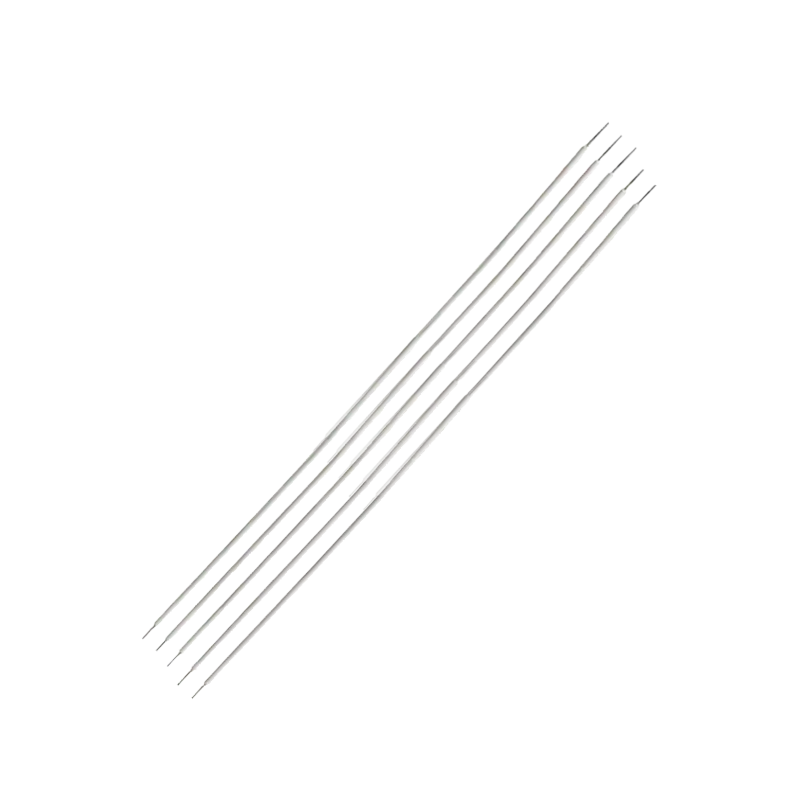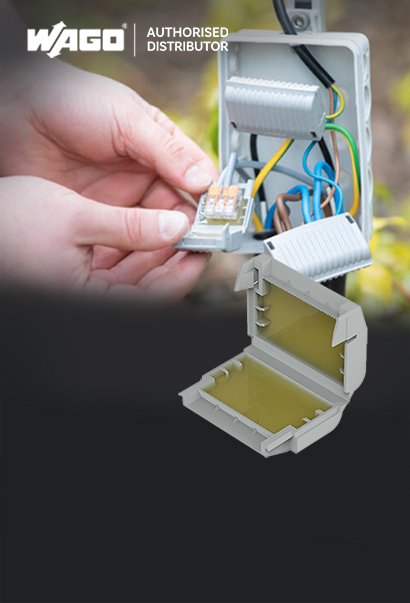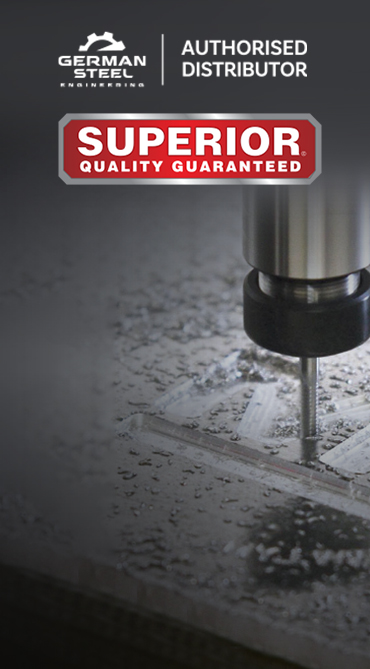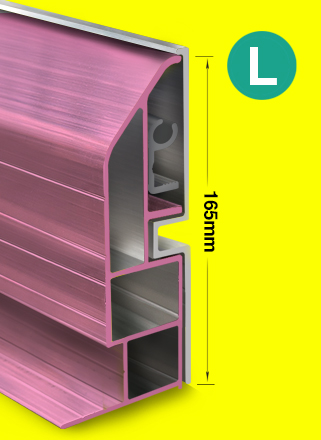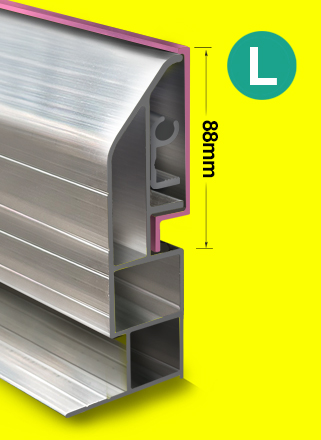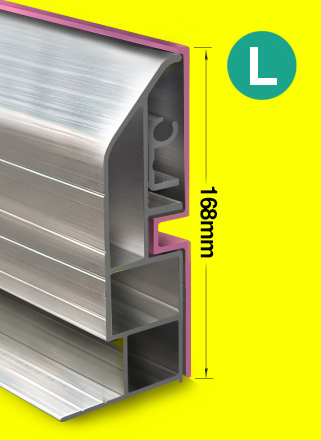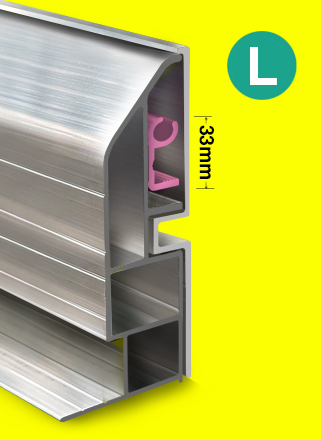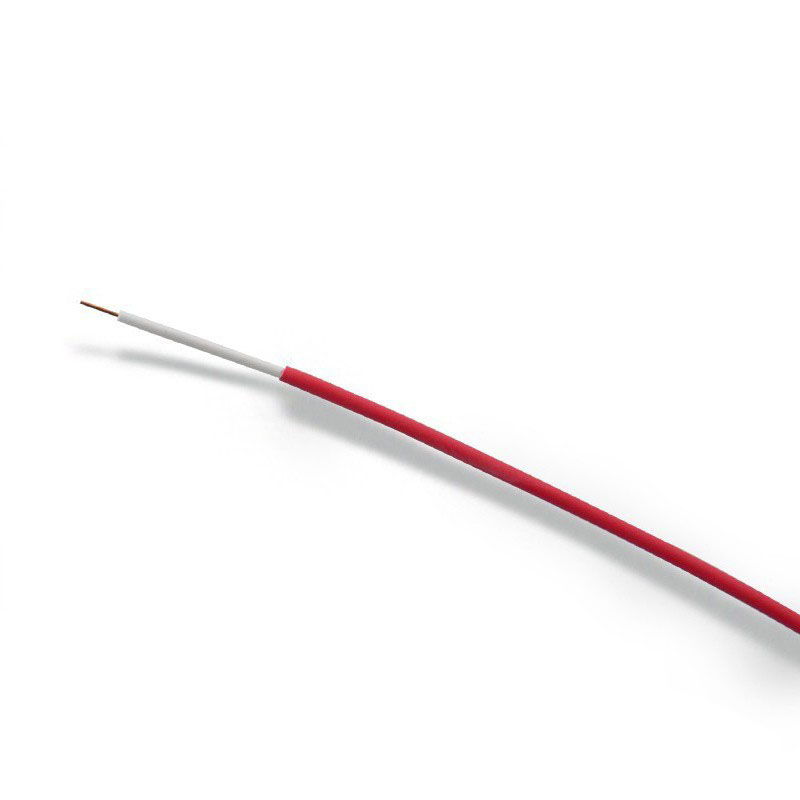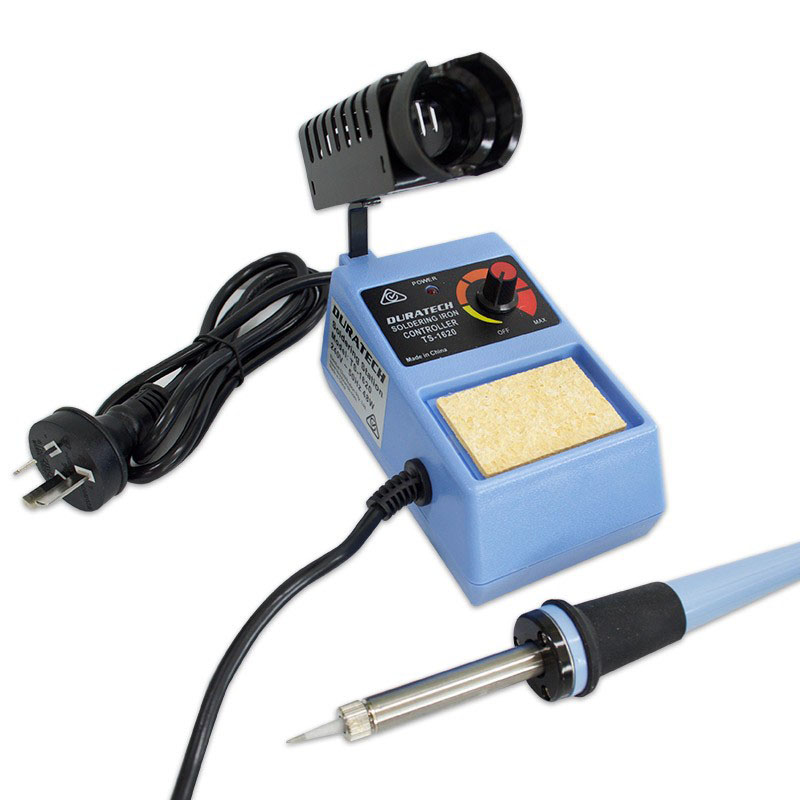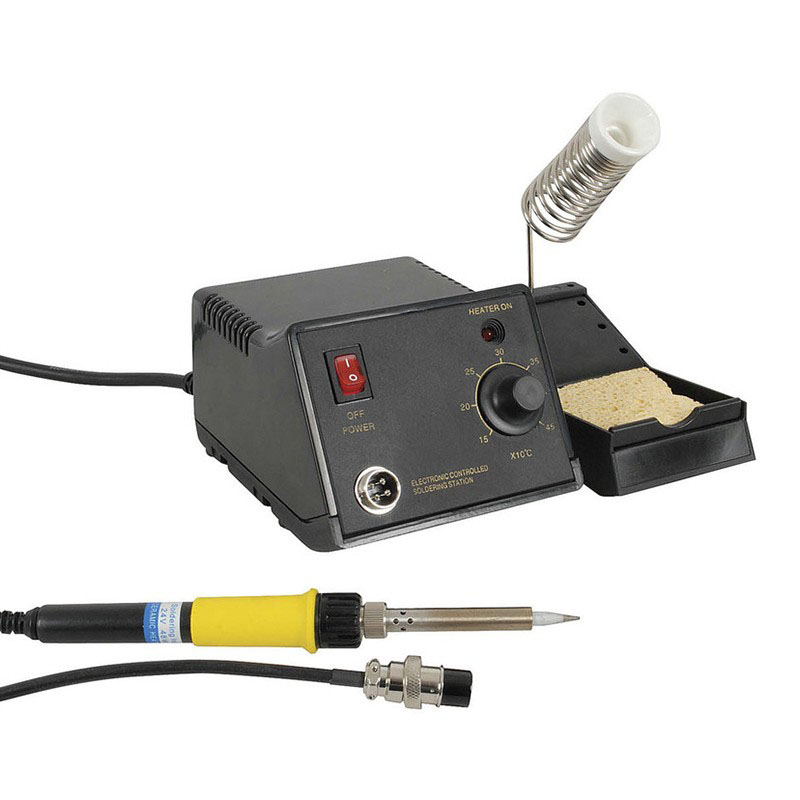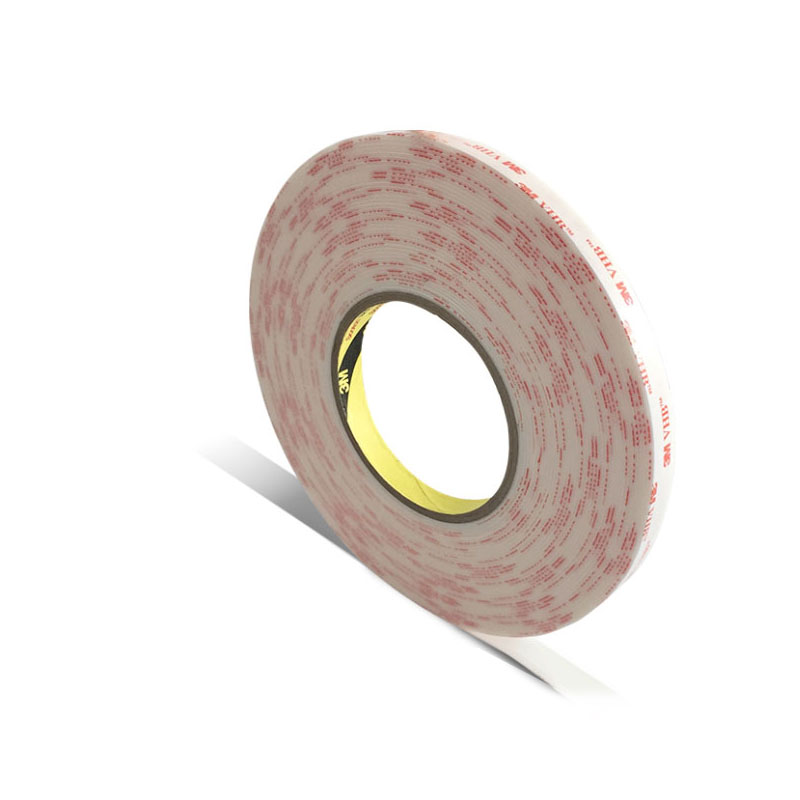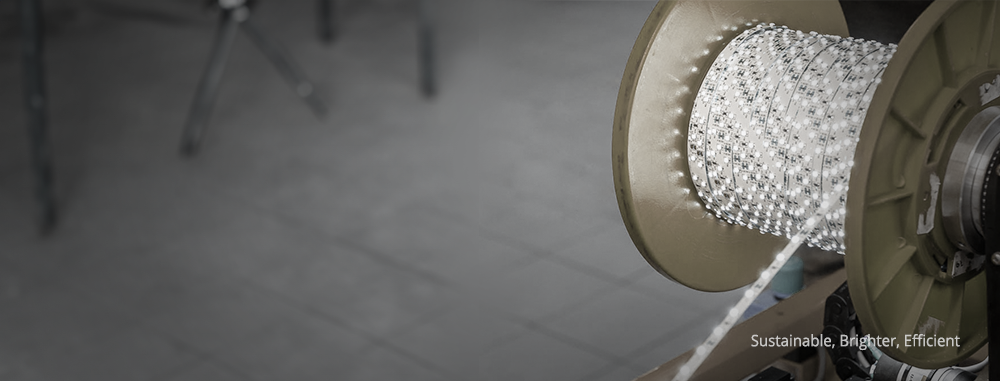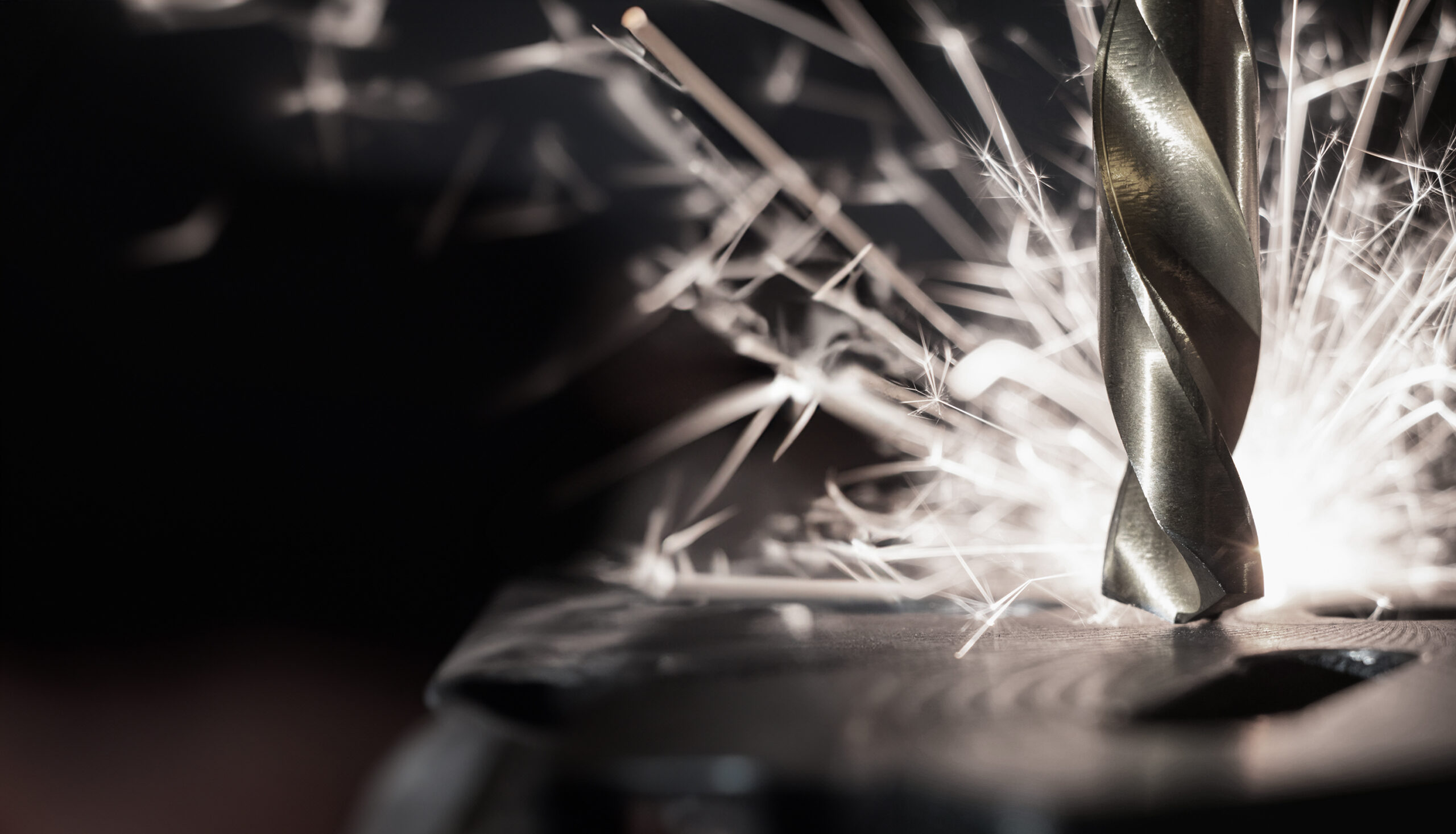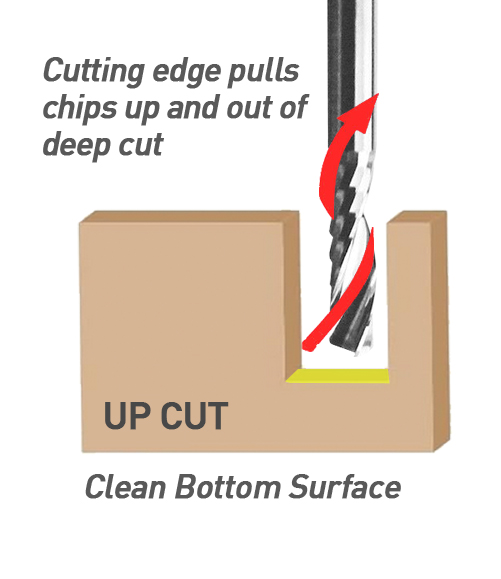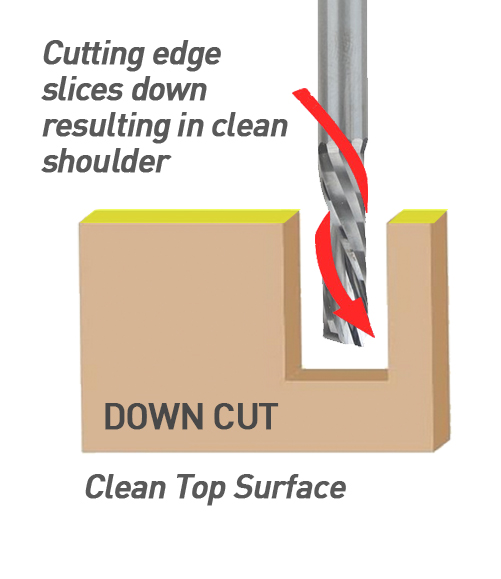What should we consider in Router Bits?
Ever feel overwhelmed by the sea of router bits out there? Trust me, you're not alone. Choosing the perfect one for your project can feel like finding a needle in a haystack.
But fear not, because I've got your back! This poster is your new best mate when it comes to picking out the ultimate router bit tailored just for you. So, kick back, relax, and let's dive into the wonderful world of router bits together.

Single Flute or Double Flute ?
Let's chat about flutes– those nifty little slots on router bits that quietly do the heavy lifting on woodworking or acrylics. They're like the unsung heroes of the workshop, slicing through materials as the bit spins away. But here's the kicker: the number of flutes isn't just for looks. It's all about striking the right balance for your project.
See, the spec table below! having more flutes up your tool, giving it that extra boost for tougher jobs. But here's the catch: too many flutes can clog things up, making chip removal a hassle.
|
Feature |
Single Flute |
Double Flute |
|---|---|---|
|
Number of Flute |
One |
Two |
|
Material |
Softer |
Harder |
|
Speed |
Fast |
Slow |
|
Finish |
Standard |
Clear |
|
Focus |
Speed |
Finish |
So, when you're picking out your router bit, think about what you'll be tackling. More flutes for heavy-duty tasks, fewer for smoother sailing through softer materials.
Flute pattern : Up, Down or Compression cut
- Up-Cut Bits: These are ideal for fast cuts and efficient chip removal, leaving a clean finish on the bottom side. They work well with plastics, wood, and aluminium.
- Down-Cut Bits: Perfect for achieving smooth top finishes, these bits are best suited for engraving and lettering on materials like wood and plywood.
- Compression Bits: Combining the features of up-cut and down-cut bits, compression bits provide a smooth finish on both surfaces. They are versatile and suitable for various materials.
Let's break it down! Check out the key features in the table below:
|
Type |
Blade Direction |
Cutting Direction |
FINISH |
|---|---|---|---|
|
Up Cut |
UP |
Pulls chips up |
Clean bottom side |
|
Down Cut |
Down |
Slices down |
Clean top side |
|
Compression Cut |
Up & Down |
Pulls chips both upwards and downwards |
Clean top & bottom surface |
In conclusion. 🛠️✨
So, we're almost close ! Choosing the right router bit is key to achieving your desired results. Whether it's between single or double flute, or deciding on the flute pattern – up-cut, down-cut, or compression – each choice has its own impact on your project.
Single flute bits are speedy and great for softer materials, while double flute bits offer a smoother finish, ideal for tougher materials. As for flute patterns, up-cut bits are perfect for chip removal, down-cut for a clean top finish, and compression bits provide versatility with a clean surface on both top and bottom.
Consider these factors carefully, and you'll be on your way to selecting the perfect router bit for your signage project or acrylic projects! 🛠️✨
See Our Range of Products
Up Cut Router Bits
-
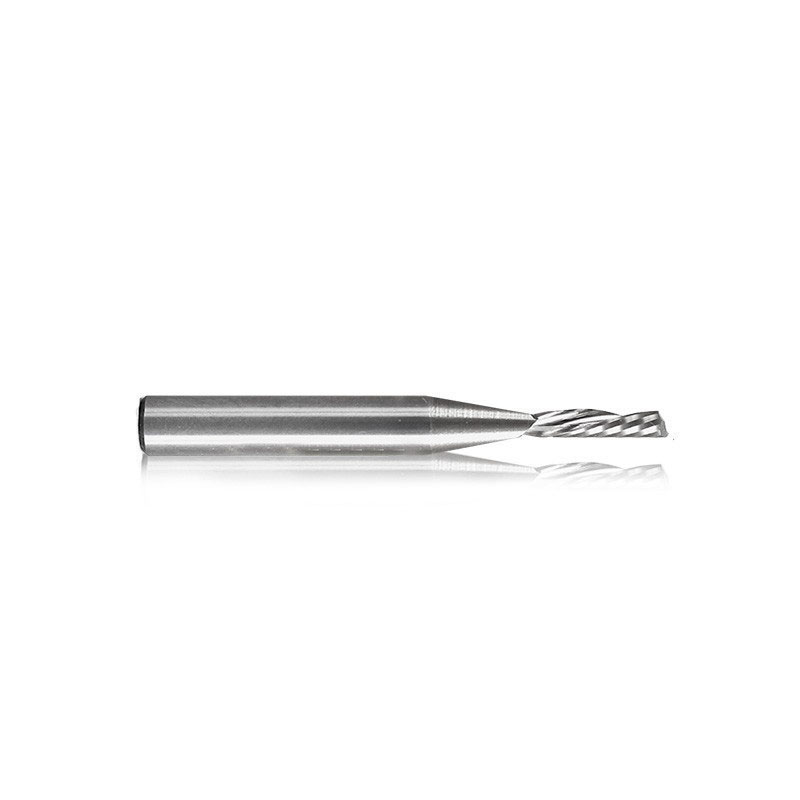 [ GERMAN STEEL ] Single Flute Acrylic MDF Up Cut Taper Type
$27.78 Excl. GST
[ GERMAN STEEL ] Single Flute Acrylic MDF Up Cut Taper Type
$27.78 Excl. GST
-
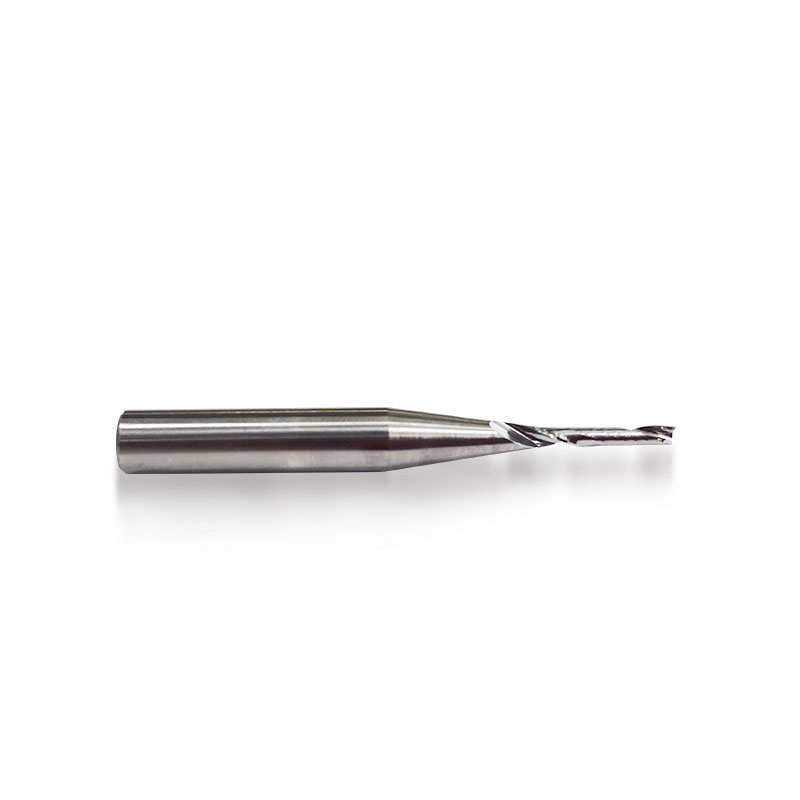 [ GERMAN STEEL ] Single Flute Aluminum Up Cut_Taper Type
$25.56 Excl. GST
[ GERMAN STEEL ] Single Flute Aluminum Up Cut_Taper Type
$25.56 Excl. GST
-
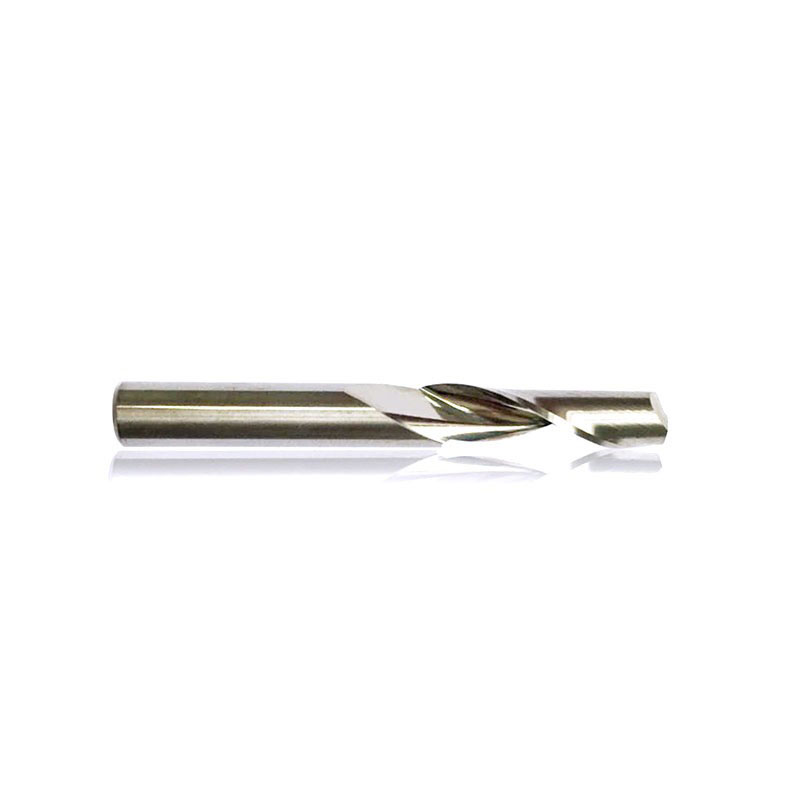 [ GERMAN STEEL ] Single Flute Aluminum Up Cut
$12.69 – $33.00 Excl. GST
[ GERMAN STEEL ] Single Flute Aluminum Up Cut
$12.69 – $33.00 Excl. GST
-
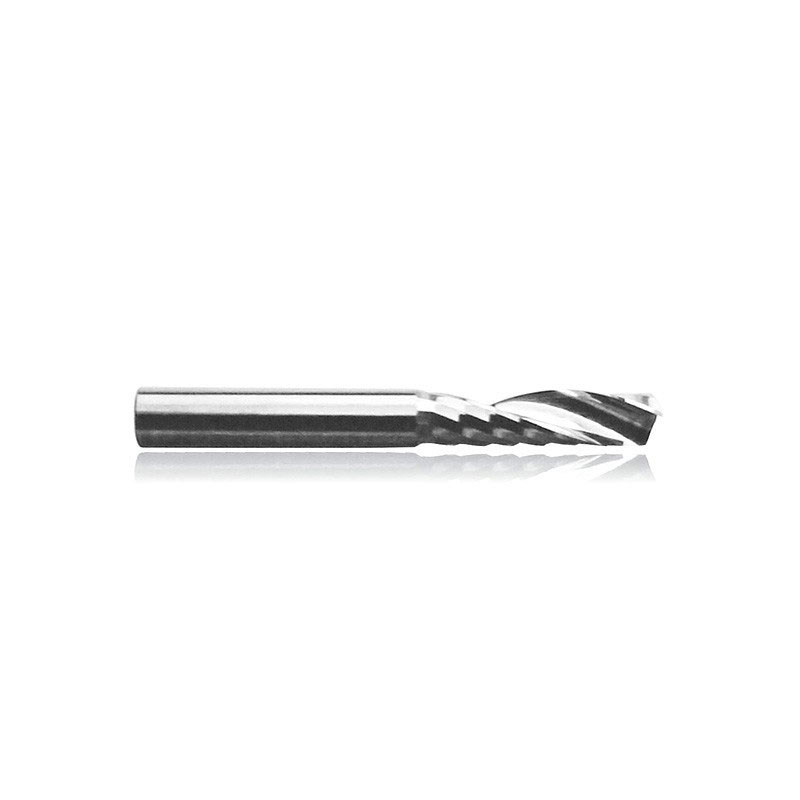 [ GERMAN STEEL ] Single Flute Acrylic MDF Up Cut
$9.88 – $61.50 Excl. GST
[ GERMAN STEEL ] Single Flute Acrylic MDF Up Cut
$9.88 – $61.50 Excl. GST
-
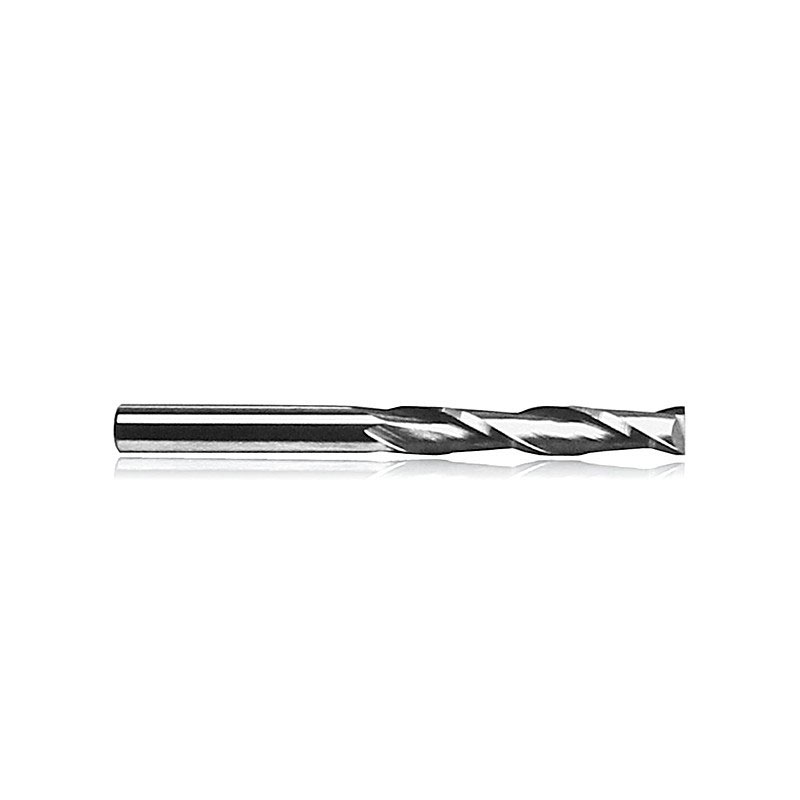 [ GERMAN STEEL ] Double Flute Acrylic MDF Up Cut
$9.85 Excl. GST
[ GERMAN STEEL ] Double Flute Acrylic MDF Up Cut
$9.85 Excl. GST
Down Cut Router Bits
-
 [ GERMAN STEEL ] Single Flute Acrylic MDF Down Cut
$9.88 – $14.60 Excl. GST
[ GERMAN STEEL ] Single Flute Acrylic MDF Down Cut
$9.88 – $14.60 Excl. GST
-
 [ GERMAN STEEL ] Double Flute Acrylic MDF Down Cut
$28.75 Excl. GST
[ GERMAN STEEL ] Double Flute Acrylic MDF Down Cut
$28.75 Excl. GST
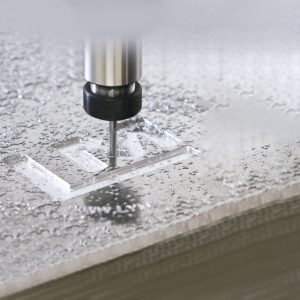
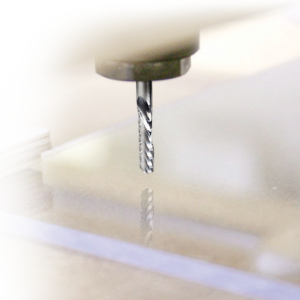
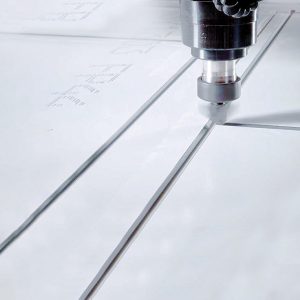
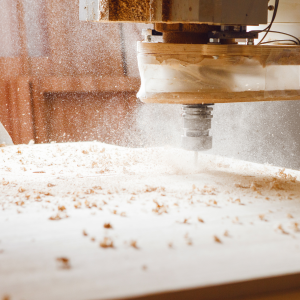
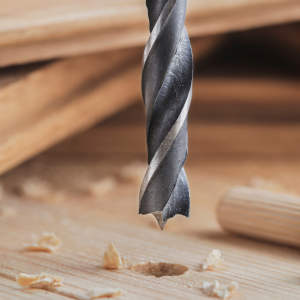
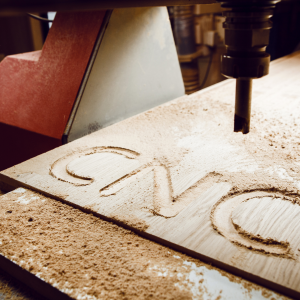
- SAled Australia
- February 27, 2024
- 2:31 pm




